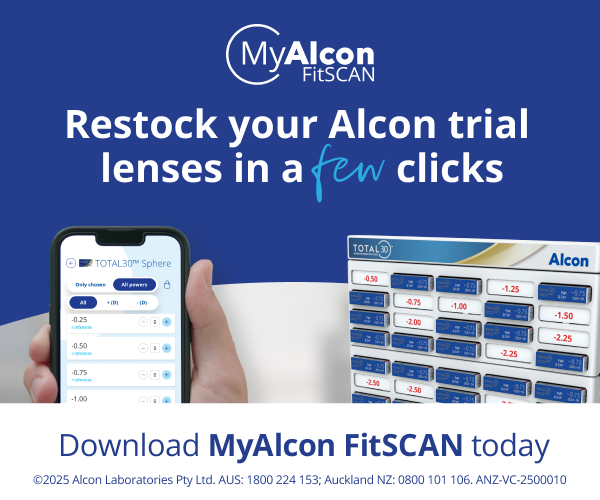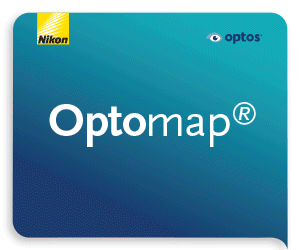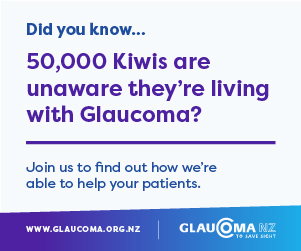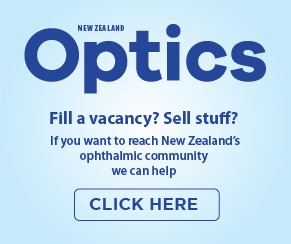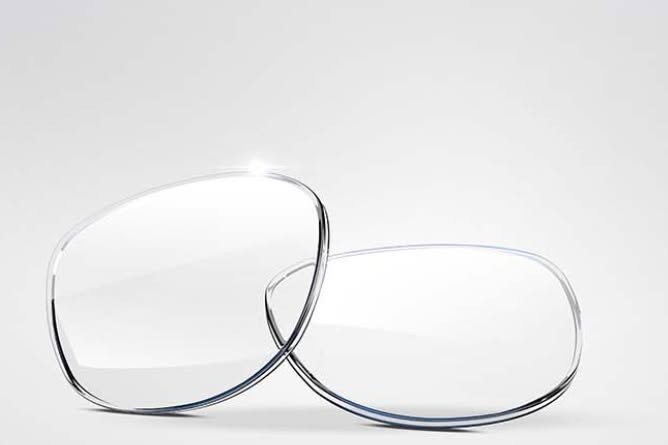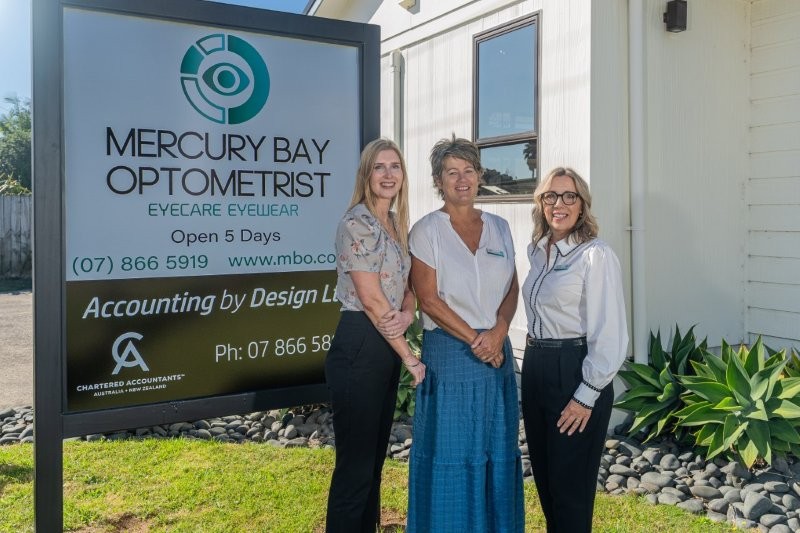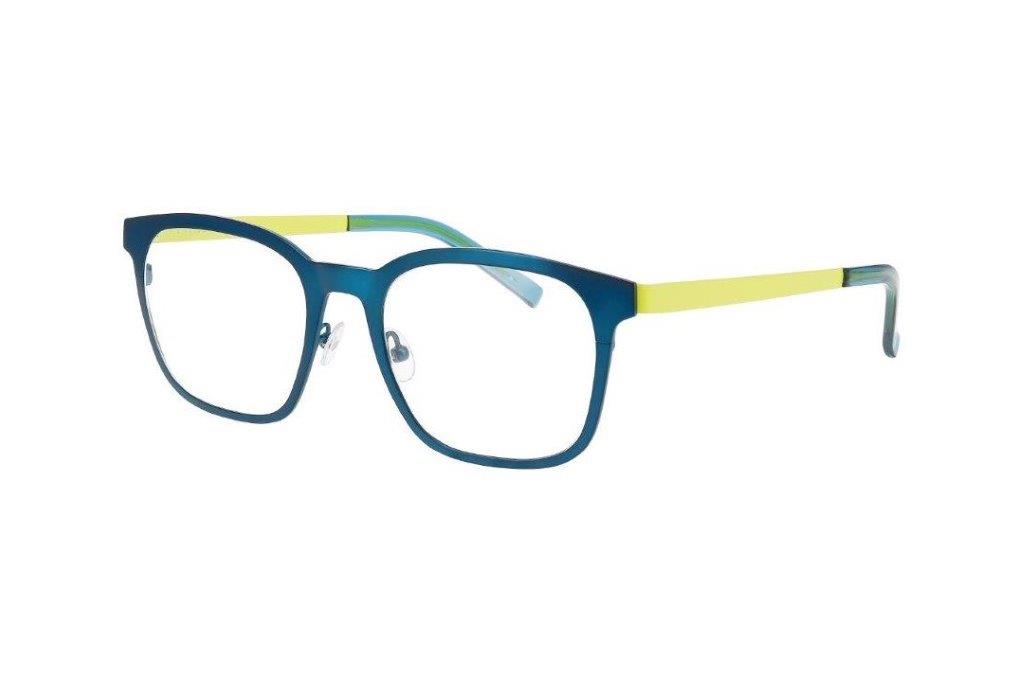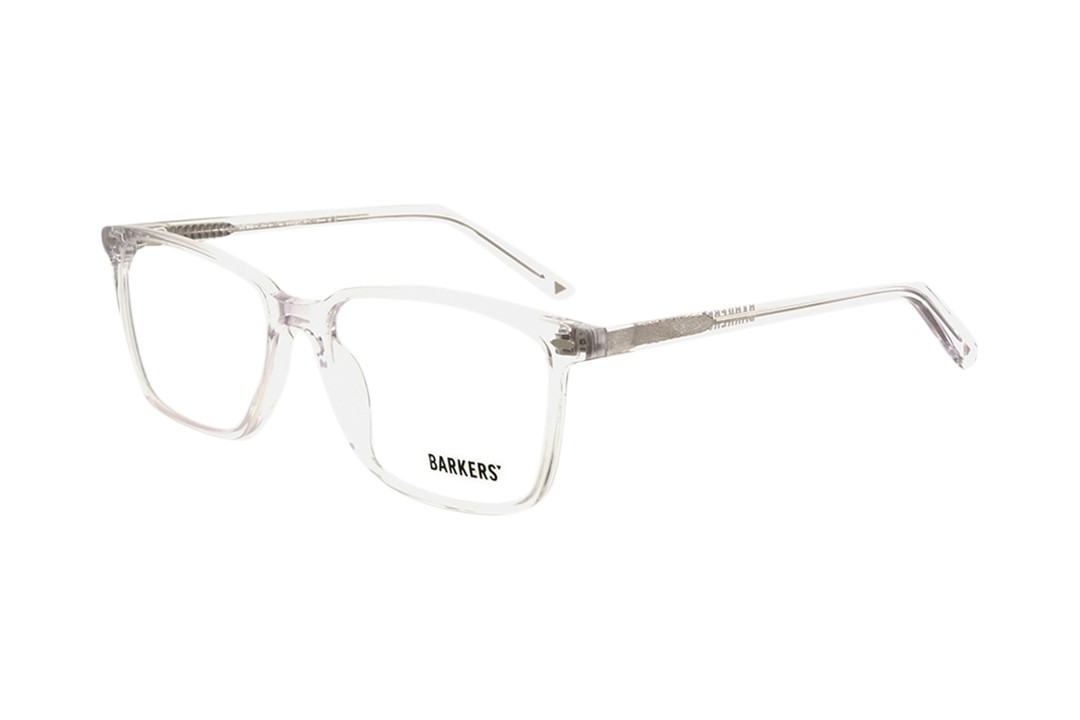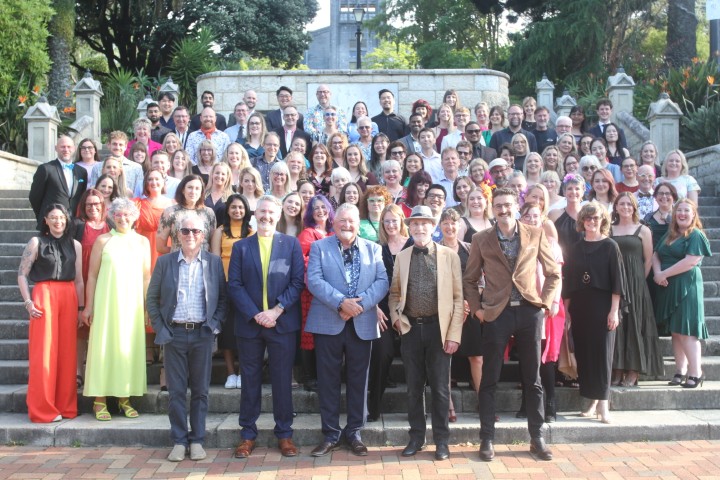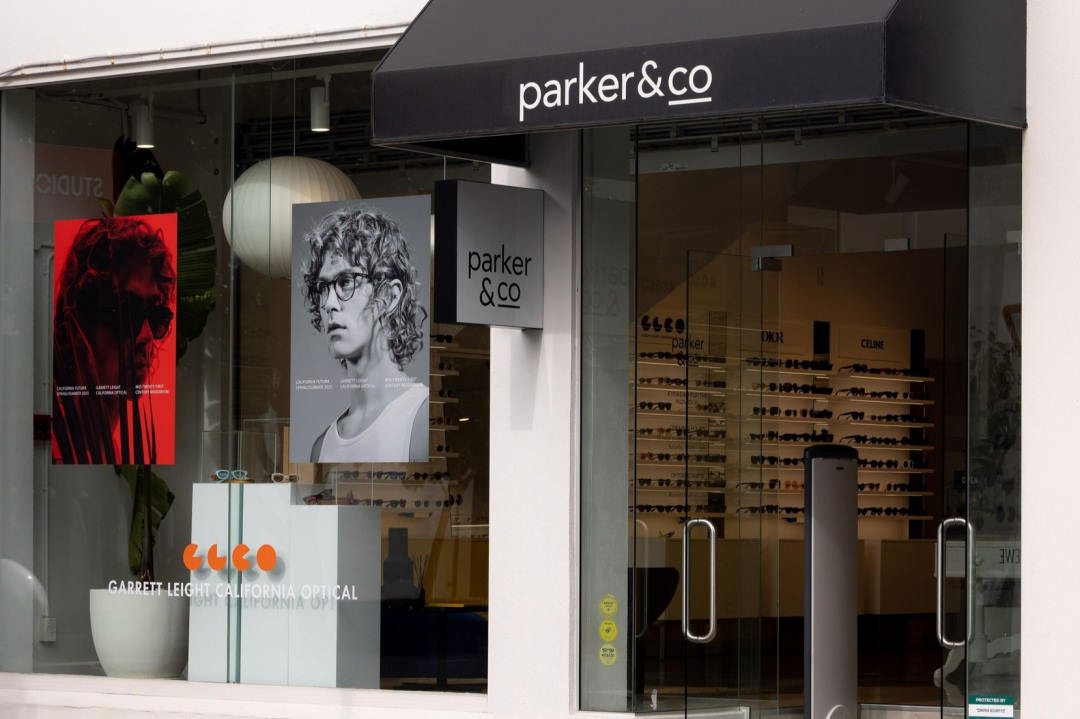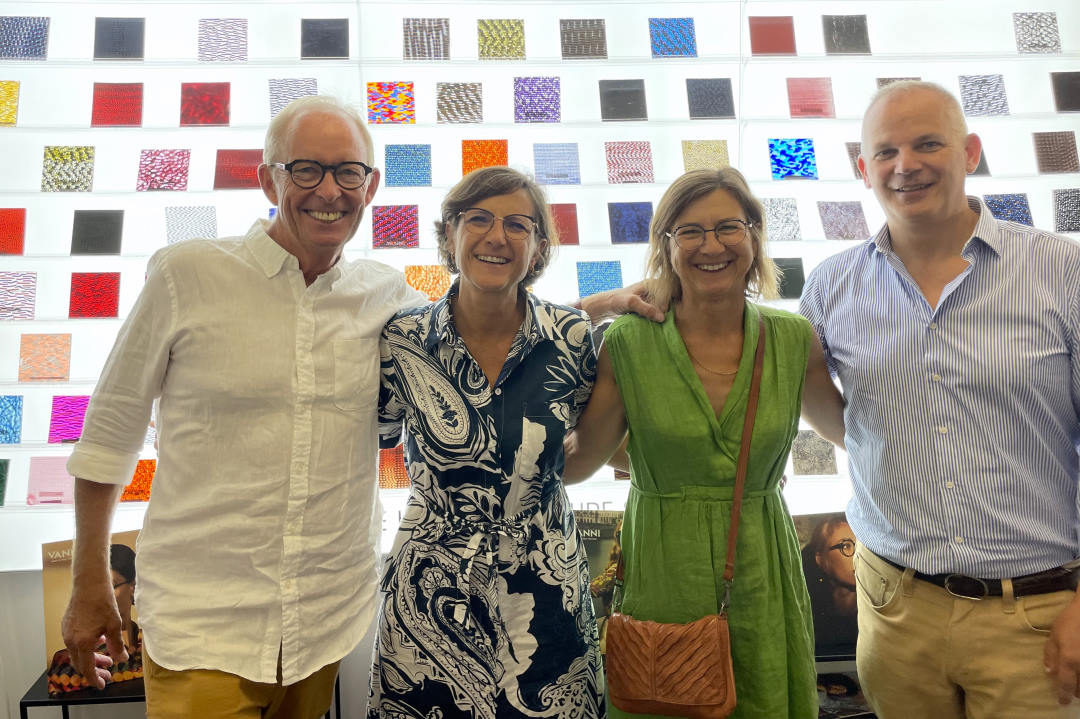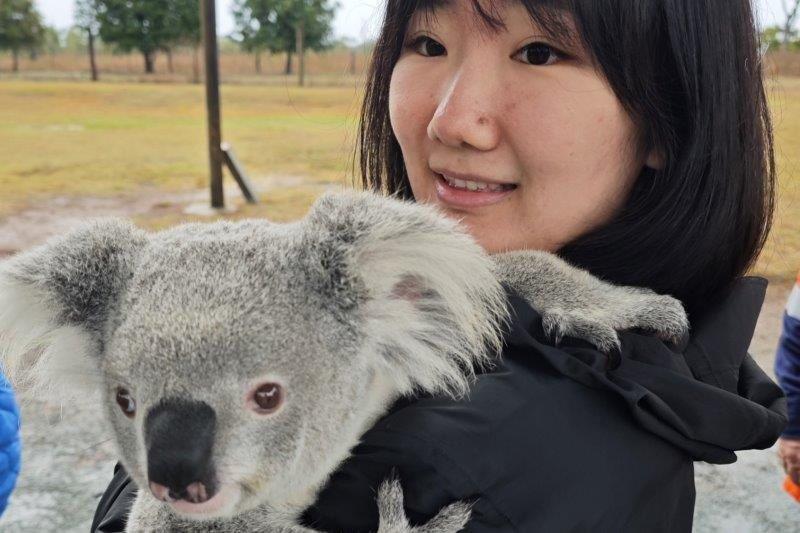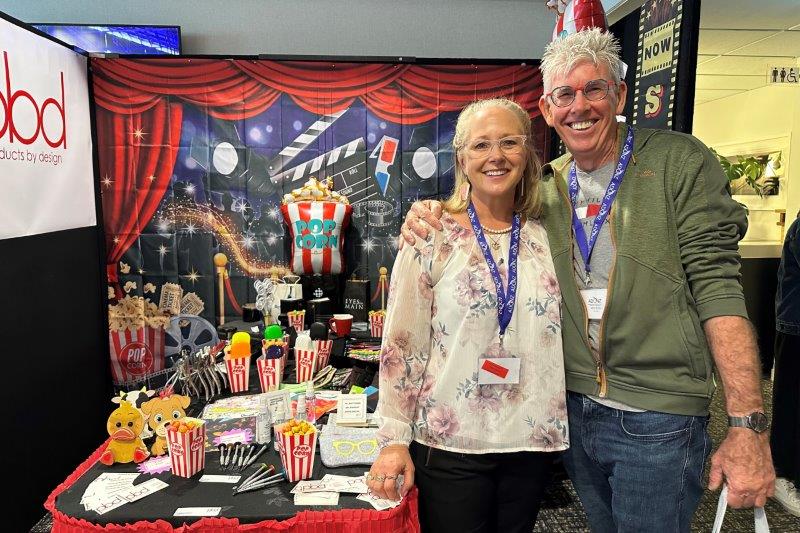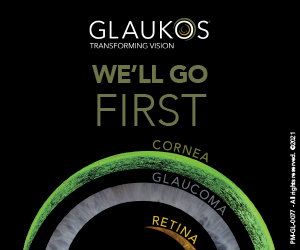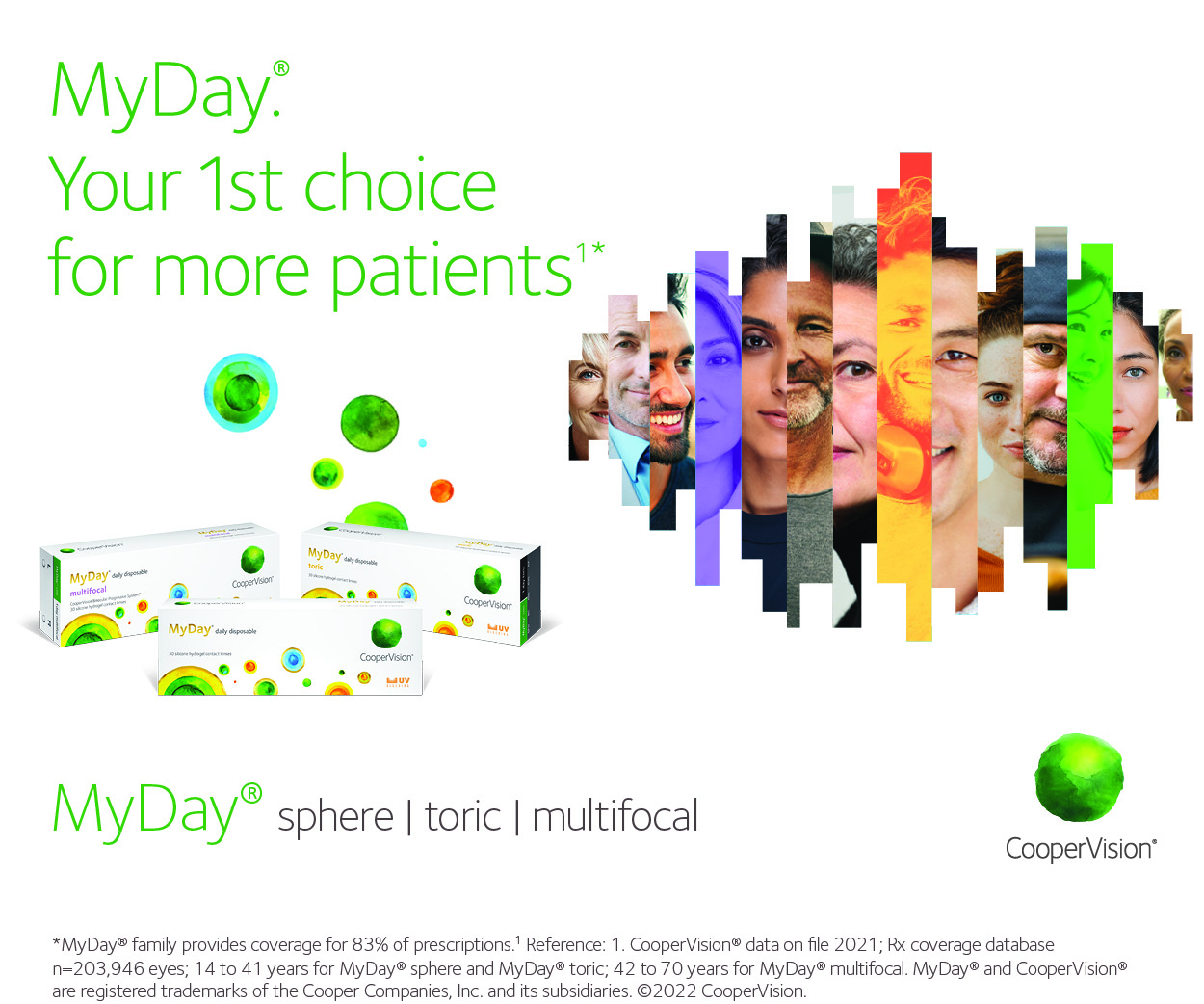Auckland Optotypes go global with Essilor
The University of Auckland’s School of Optometry and Vision Science (SOVS) has signed a licensing agreement with Essilor Europe supporting the inclusion of The Auckland Optotypes in Essilor’s refraction devices.
Seeking a simple and accurate test, Essilor reviewed the different sets available and concluded the Auckland Optotypes had the best science base to support it, said SOVS’ Professor Steven Dakin, the researcher who, together with Dr Lisa Hamm, is behind The Auckland Optotypes.

Prof Steven Dakin
Distributed under a Creative Commons licence, the goal has always been for The Auckland Optotypes to be as widely used as possible, said Prof Dakin. “This partnership with Essilor is very exciting as it helps secure long-term sustainability and continued public access for The Auckland Optotypes.”
The licensing agreement itself is also innovative as the entire fee goes towards supporting a PhD student at SOVS, dedicated to working on improving The Auckland Optotypes, he said, adding Essilor is also thrilled by this model. Unlike most collaborative agreements with industry, SOVS in this case will hold the intellectual property for anything generated by the PhD student and, importantly, will remain completely unencumbered, Prof Dakin said.
The agreement is for three years in the first instance, but Prof Dakin said he hopes it will become an ongoing arrangement. “With Essilor on board, we are hoping that The Auckland Optotypes will become more widely accepted and move towards becoming a standard for vision testing in children. They are the best symbols available; they are better than the alternatives by quite some margin.”
Initially supported by Cure Kids and SOVS, The Auckland Optotypes were developed to deal with several shortcomings in common eye charts, including issues with some symbols being easier to identify than others. Dr Hamm designed 10 easily recognisable, similar but distinctive symbols and tested them in low-decile schools in New Zealand and Tonga. Compared to the commonly used Sloan Letters, The Auckland Optotypes consistently achieved a higher intraclass correlation value, demonstrating more consistent acuity estimates between optotypes.
The Auckland Optotypes are available for download here.





